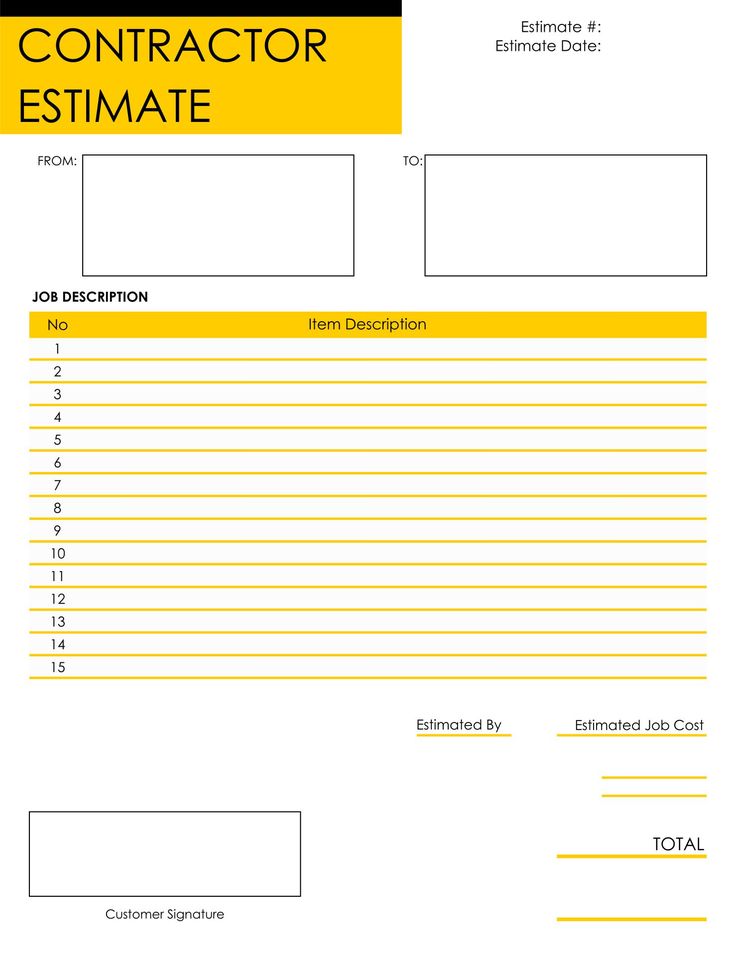
Estimating the cost of a construction project is a crucial step in the planning process. Whether you are a contractor, homeowner, or project manager, having a clear and accurate estimate is essential for budgeting and decision-making.
In this guide, we will explore the world of construction estimates, covering what they are, why they are important, how to create one, examples of different types, and tips for successful estimation.
What is a Construction Estimate?
A construction estimate is a document that outlines the projected costs of a construction project. It includes all the expenses associated with the project, such as materials, labor, equipment, permits, and any other relevant costs.
The estimate serves as a roadmap for the project, helping stakeholders understand the financial implications and make informed decisions.
Why are Construction Estimates Important?
Construction estimates are essential for several reasons. Firstly, they provide a clear breakdown of costs, allowing stakeholders to budget effectively and avoid unexpected expenses. Secondly, estimates help in comparing bids from different contractors and selecting the most cost-effective option.
Additionally, having a detailed estimate can prevent scope creep and ensure that the project stays on track both financially and timeline-wise.
How to Create a Construction Estimate
Creating a construction estimate involves several steps. Firstly, you need to gather all the necessary information about the project, including the scope of work, materials required, labor costs, and any other relevant details.
Next, you can use estimating software or templates to organize the information and calculate the total cost. Finally, review the estimate carefully to ensure accuracy and make any necessary adjustments before finalizing it.
Examples of Construction Estimates
There are various types of construction estimates, depending on the complexity of the project and the level of detail required. Some common examples include:
- Preliminary Estimate. An initial estimate based on limited information, often used for budgeting purposes.
- Detailed Estimate. A comprehensive breakdown of all costs, including materials, labor, equipment, and overhead expenses.
- Unit Price Estimate. An estimate based on the cost per unit of measurement, such as cost per square foot or cost per hour of labor.
- Bid Estimate. An estimate submitted by contractors in response to a request for proposal (RFP) or invitation to bid (ITB).
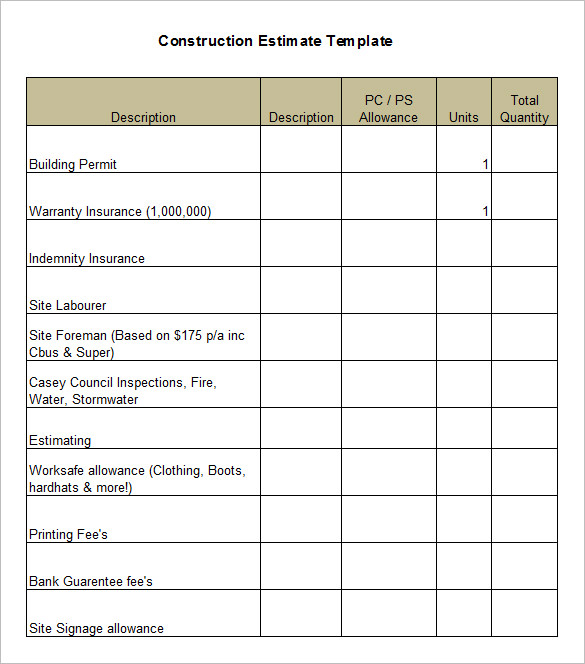
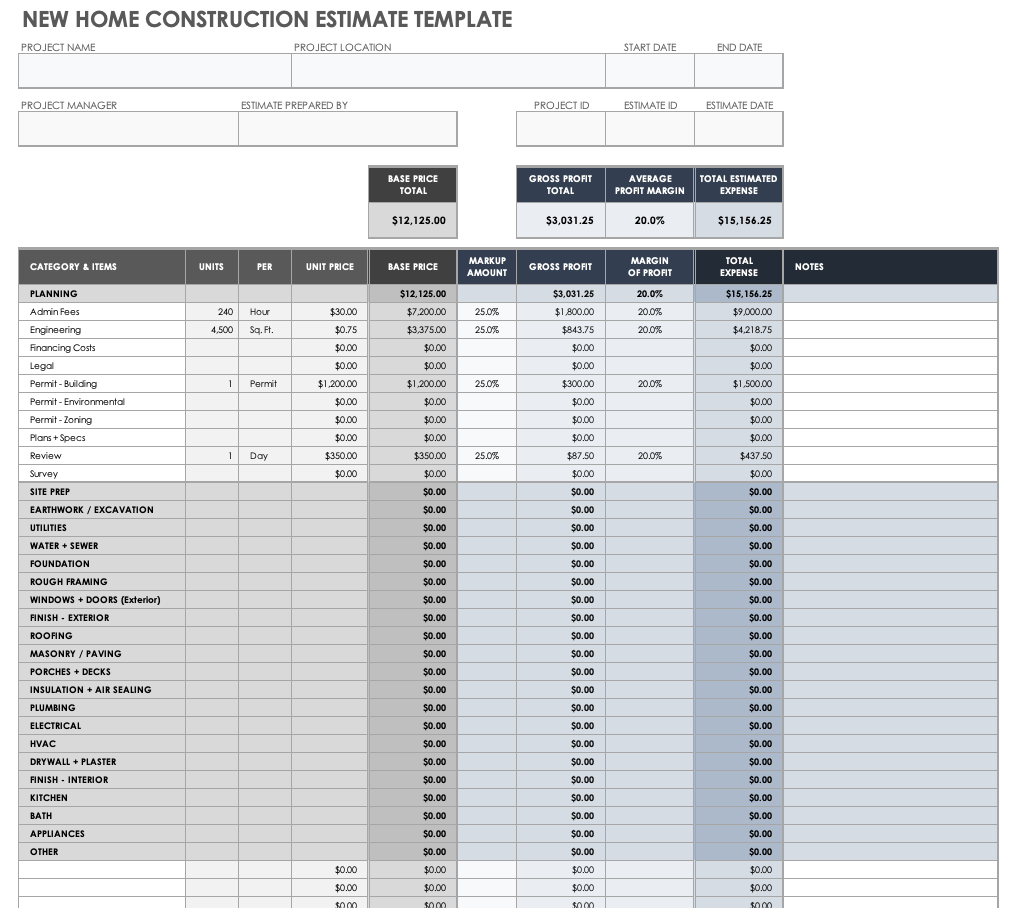
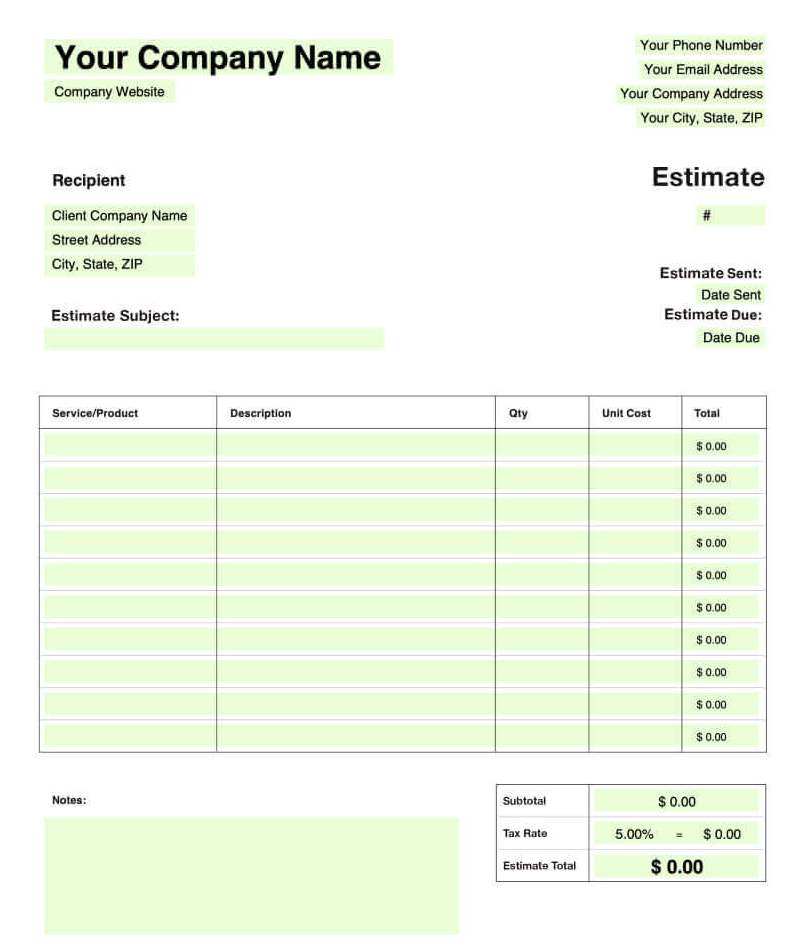
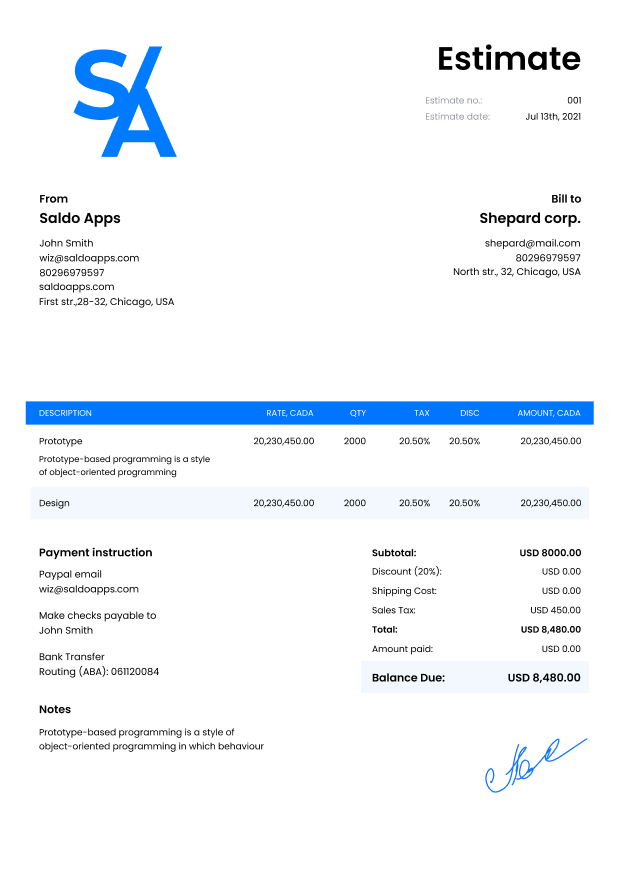
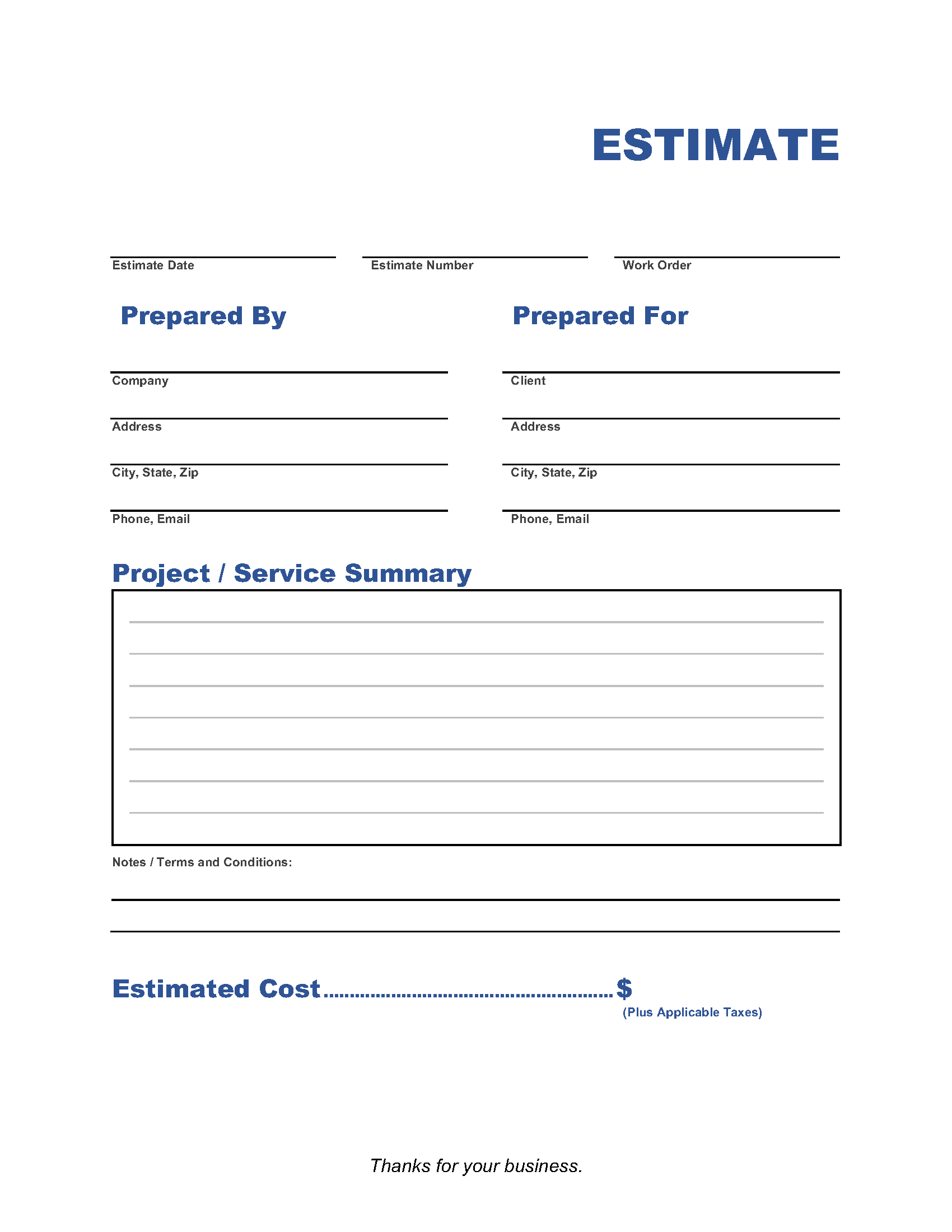
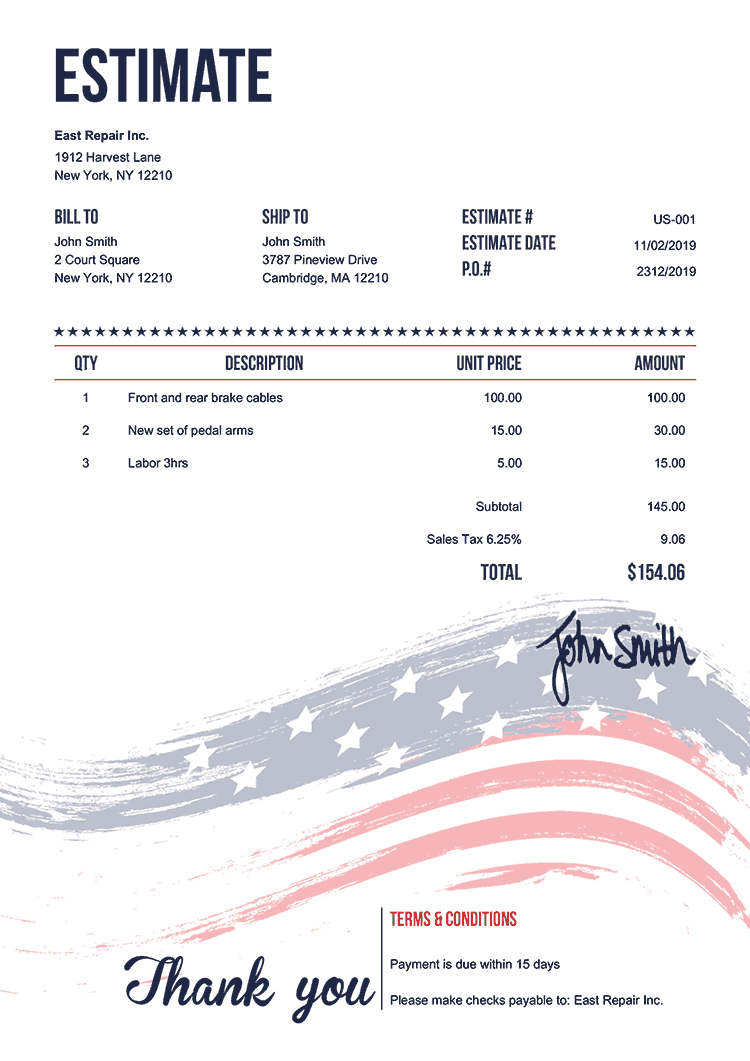
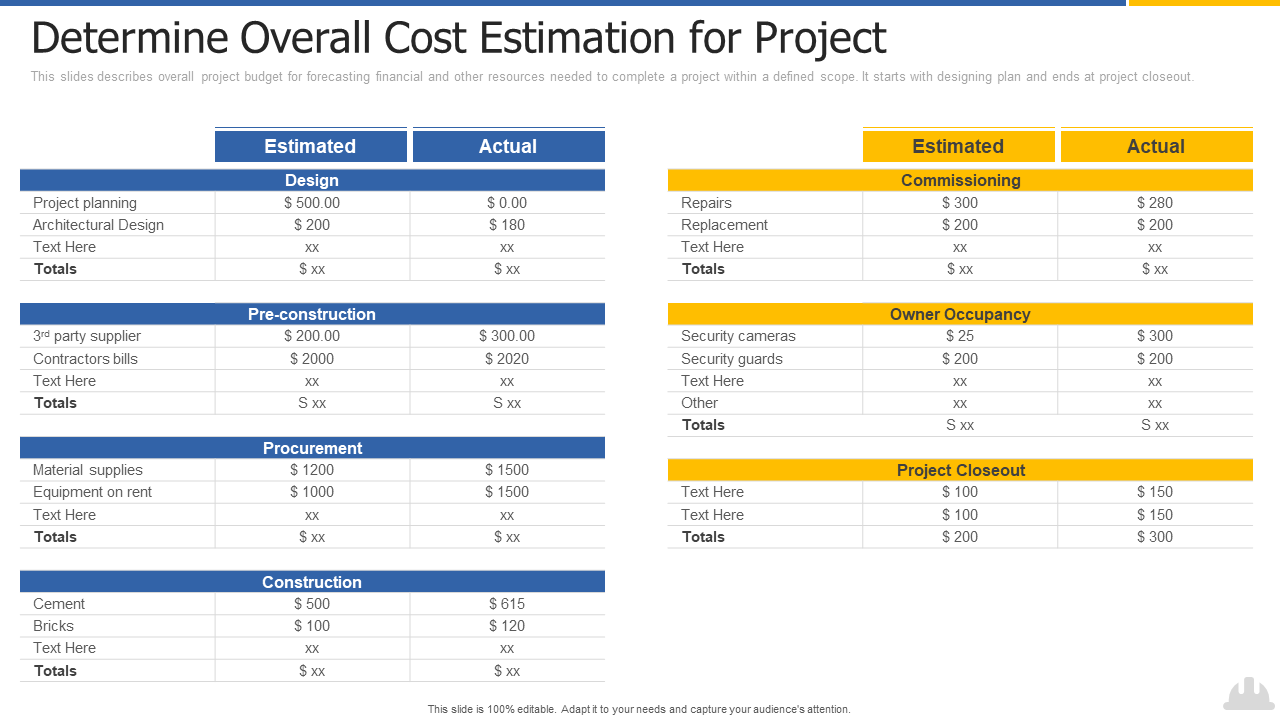
Tips for Successful Construction Estimation
Creating an accurate and reliable construction estimate requires attention to detail and a thorough understanding of the project requirements. Here are some tips to help you improve your estimation process:
- Use historical data. Refer to past projects to get a sense of typical costs and adjust for inflation or market changes.
- Involve experts. Consult with subcontractors, suppliers, and other industry professionals to get accurate pricing and insights.
- Account for contingencies. Include a buffer for unexpected costs or changes in the project scope to avoid budget overruns.
- Review and revise. Regularly revisit your estimate as the project progresses, updating costs and timelines as needed.
- Communicate clearly. Ensure that all stakeholders understand the estimate and are aware of any assumptions or limitations.
In Conclusion
Construction estimates are invaluable tools for planning and executing construction projects. By creating detailed and accurate estimates, you can ensure that your project stays on budget and schedule.
Whether you are a contractor looking to submit a competitive bid or a homeowner planning a renovation, mastering the art of construction estimation is essential for success.
Construction Estimate Template – Download